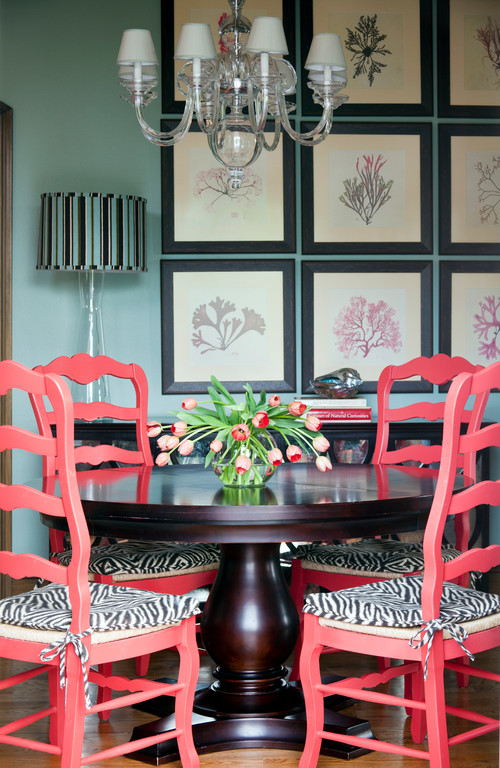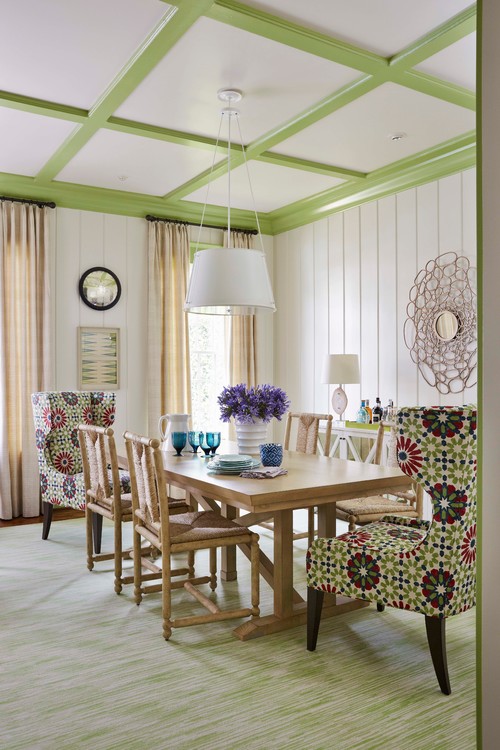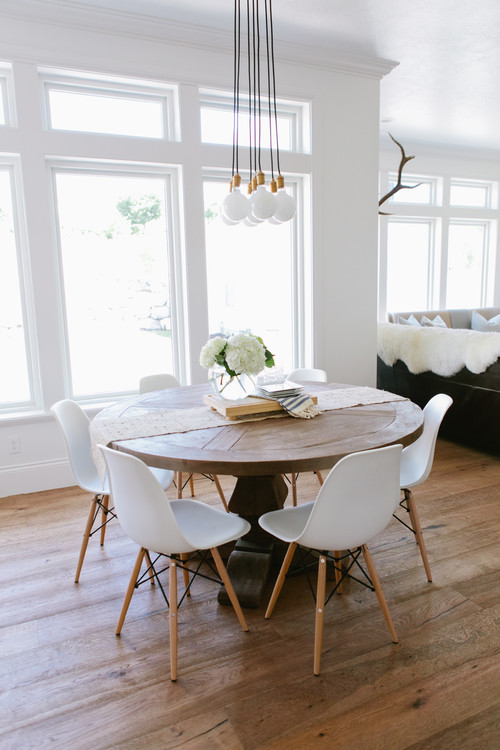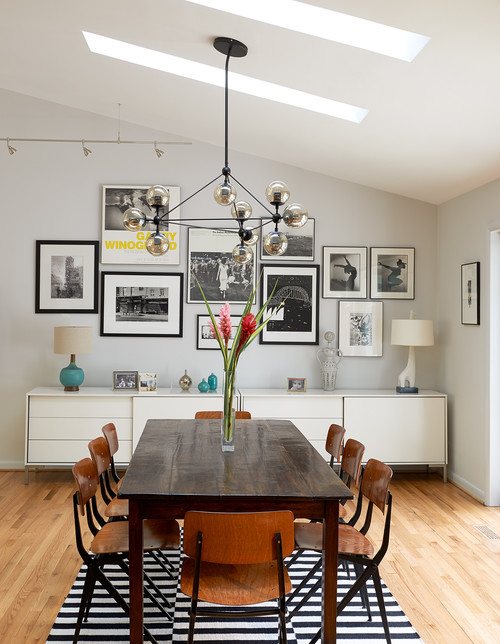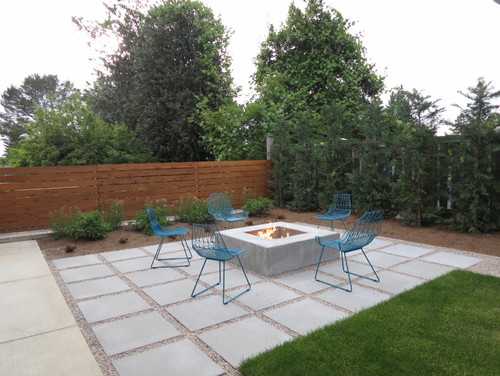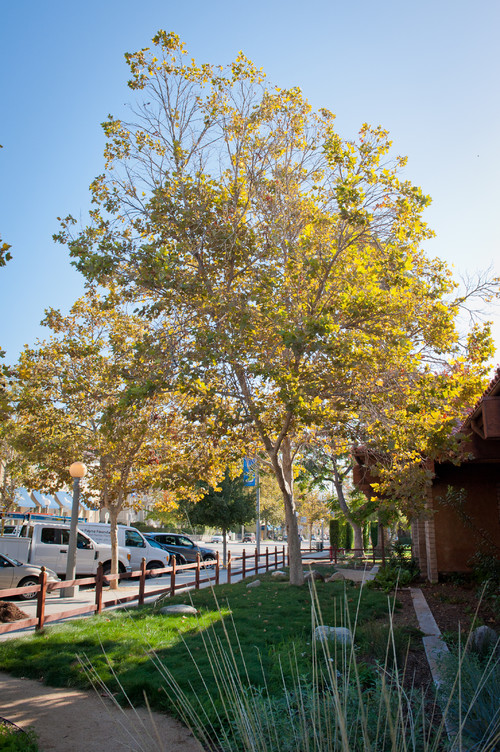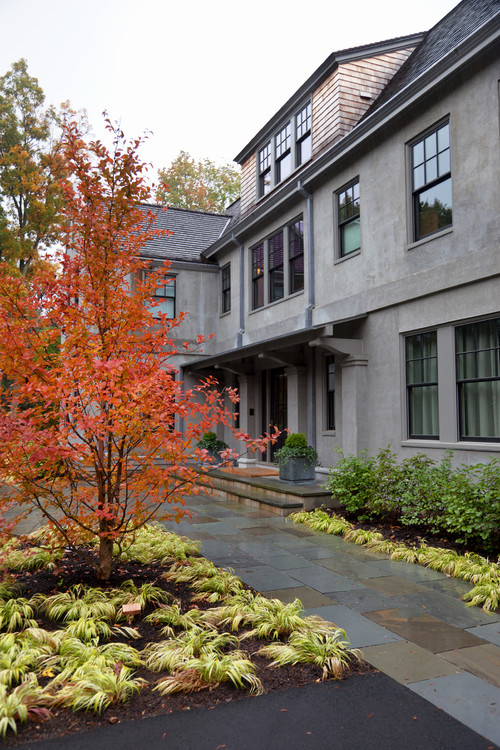Freshly brewed java doesn’t have a season, as any coffee aficionado knows. But with holiday decorating upon us, caffeine lovers of Instagram are showing off their seasonal coffee stations and hot cocoa bars.
Why have these hot-beverage stations become a holiday trend? Because a cozy drink is like (getting or giving) a hug in a mug.
“Warm beverages not only warm the body, but they also warm the soul,” says Annemarie Schumacher, event planner and founder of Make Every Day an Event at Schumacher Creative. “People crave nostalgia during the holiday season, and things like hot cocoa bring us back to our childhood.”
Whether you confine your coffee station to a corner of your kitchen or go all out with a sideboard takeover, there are many ways to put your decor-style stamp on a beverage bar.
Ready to give the whole house a spike of holiday cheer? Here are Instagram’s best holiday drink stations to inspire you as well as tips on how to shop the look.
1. Ribbons and trim
Setting up a coffee station doesn’t mean you have to become a barista. Instead, let folks serve themselves.
“These days, there are a variety of warm beverage makers that make the logistics of a beverage bar super easy,” says Schumacher.
And to dress things up for the season, you can add some homespun charm to a white kitchen backdrop. Just tie some colorful ribbons and bows along a length of string to make a fun and easy garland. Red is the right pop of color for a holiday coffee bar.
Get the look: Glad tidings are here in this striped red and white ribbon ($3.99).
2. Wall art
A cocoa bar doesn’t have to be elaborate.
“Holiday-themed signs are a great way to add a festive look and feel to a beverage bar,” says Cate Griffing, who runs the painting-based website West Magnolia Charm, which also includes topics regarding decor and home improvement. “It’s a simple piece of decor that doesn’t take up a ton of space but can pack a lot of punch.”
Get the look: Look for your expressive wall art to find your perfect holiday message and build your tableau around it.
3. Santa mugs
Bring on the mugs!
“You can’t have a hot cocoa station for the holidays without some darling Christmas mugs,” says Schumacher. “Perhaps you have some coffee cups or mugs that have been passed down from generation to generation. I personally love the sentiment.”
You’ll find an assortment of Christmas ceramics at your favorite kitchen and home goods stores. And have some fun by mixing and matching styles.
Get the look: Sip from your very own Santa mug like this one from Sur La Table ($10).
4. Holiday bunting
Holiday bunting adds a festive touch to this coffee, tea, and cocoa station. Don’t be afraid to layer on several different strands—the more, the merrier. This bar features three: white “snow” balls, glittering confetti, and red felt.
“And trays are a useful tool in creating a coffee bar,” says Griffing. “If you aren’t lucky enough to have a separate coffee station in your home, a tray allows you to designate one by organizing all the coffee supplies in one place.”
Get the look: Nab your very own cheerful holiday bunting ($23), and check out which tiered tray suits your holiday style ($37).
5. Vintage thermos
This display of retro thermos bottles in red plaid brings to mind scenes of snowy days spent sledding and ice skating. It’s a unique way to summon both the spirit and nostalgia of the season to your beverage bar. And the idea is a practical one, too: Thermoses come in handy on days when you need to take your coffee on the go.
Get the look: Check out Etsy for a wide variety of vintage thermoses ($25 to $35).
6. Bar cart
If you can imagine your coffee station becoming a tradition, you may want to invest in a bar cart. With a cart, you not only get your hot-drinks station off the kitchen counter, you can also wheel it into the living room when you’re entertaining.
“Who can resist the coziness of sipping a delightful mug of hot chocolate in a darling mug while surrounded by the twinkling lights of your Christmas tree,” says Schumacher. Bonus: You can turn it back into a bar cart when the season ends.
Get the look: Check out this Falon modern glam bar cart to get rolling.
7. Upcycled sideboard
Another idea for a permanent coffee station is to upcycle a vintage sideboard.
“I encourage people to find a sideboard, console table, or bar cart to curate their station,” says Schumacher.
To get a similar “white Christmas” theme going at your house, try painting your upcycled furniture with milk paint, which needs very little prep work and has a matte finish that lets a bit of the natural wood show through.
Get the look: Once you find the perfect sideboard, grab a gallon or two of milk paint ($23).












